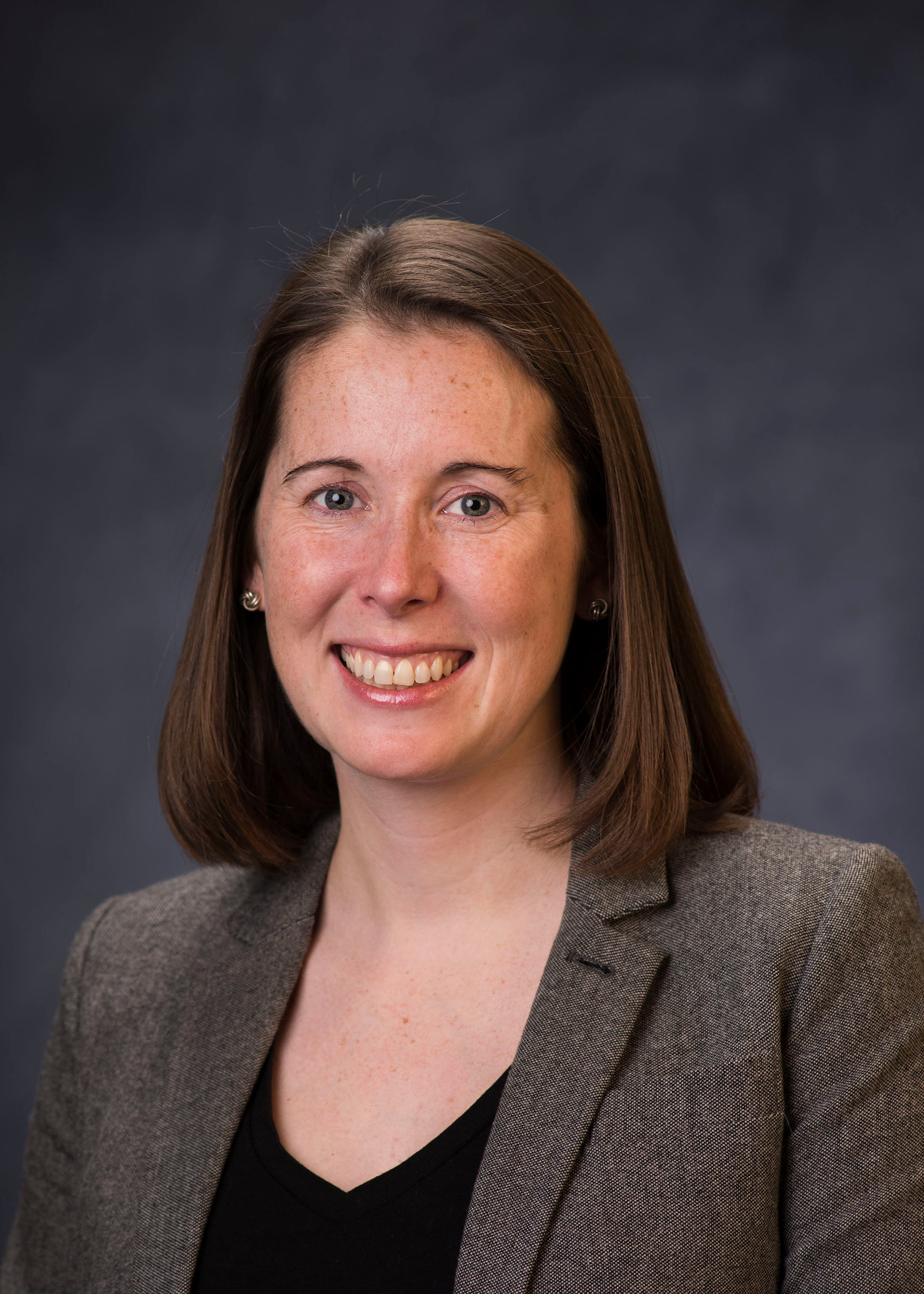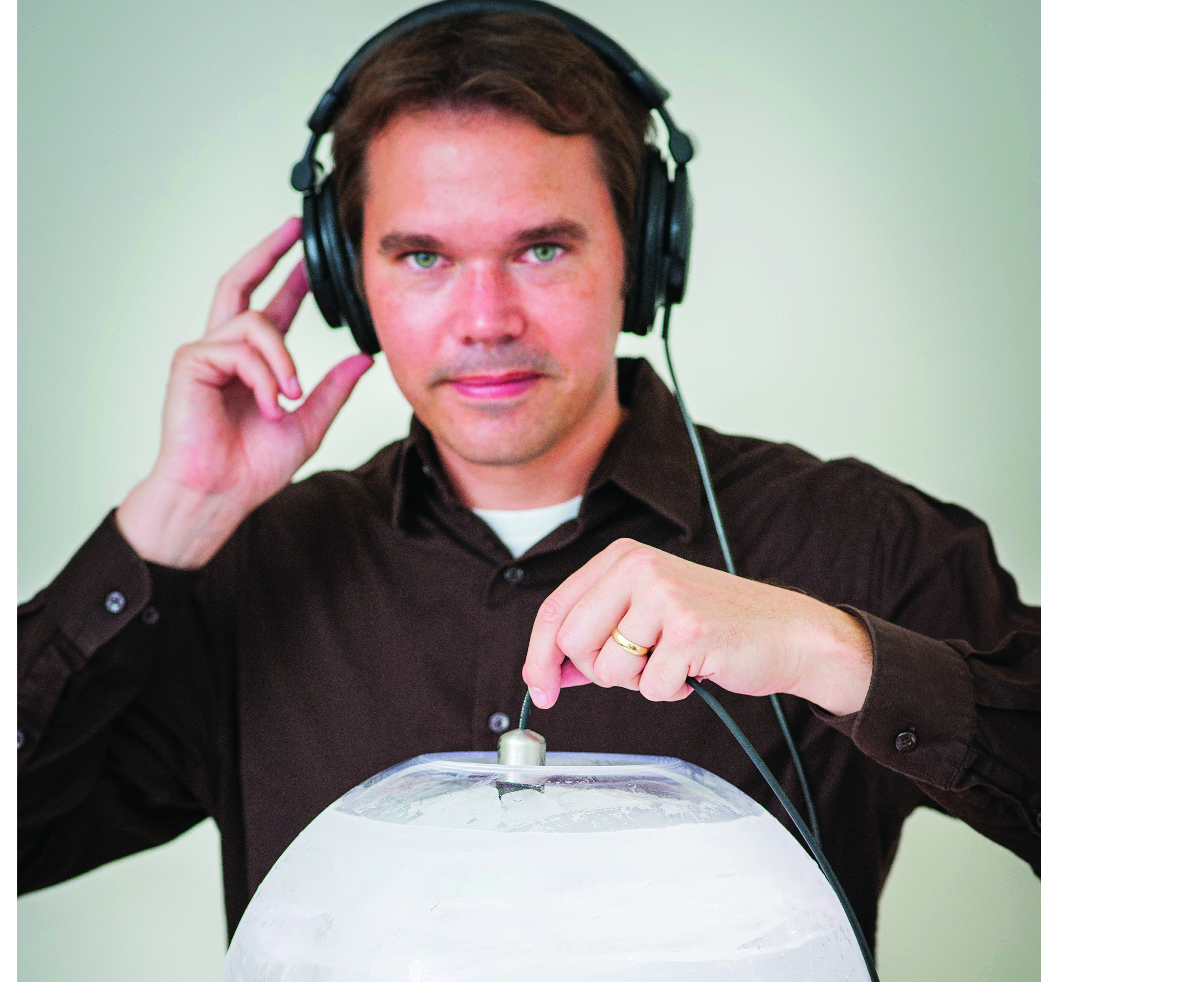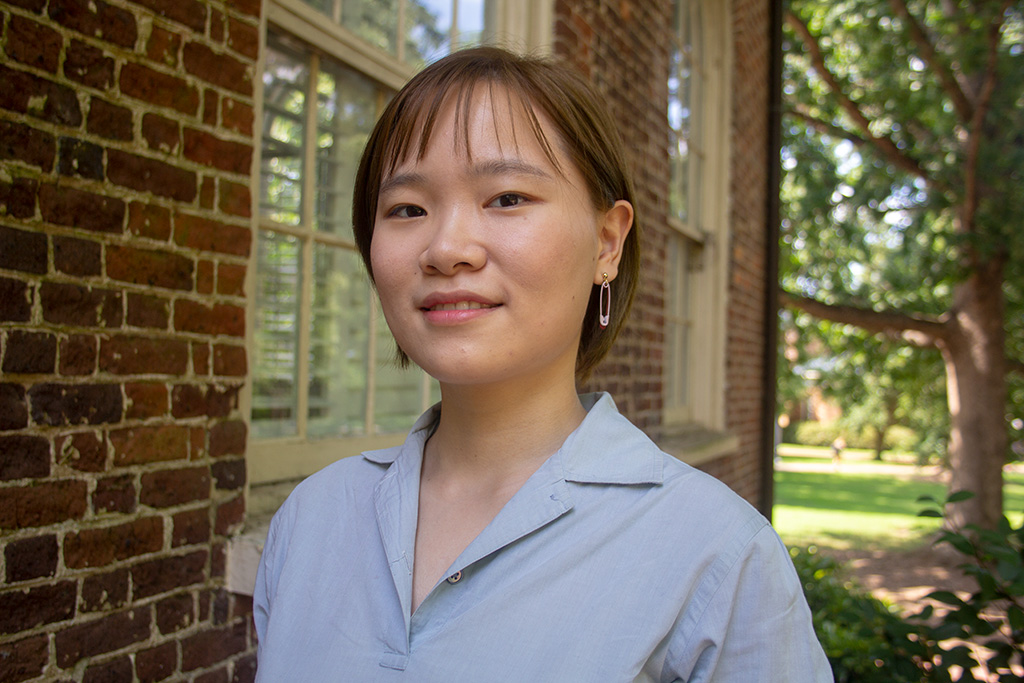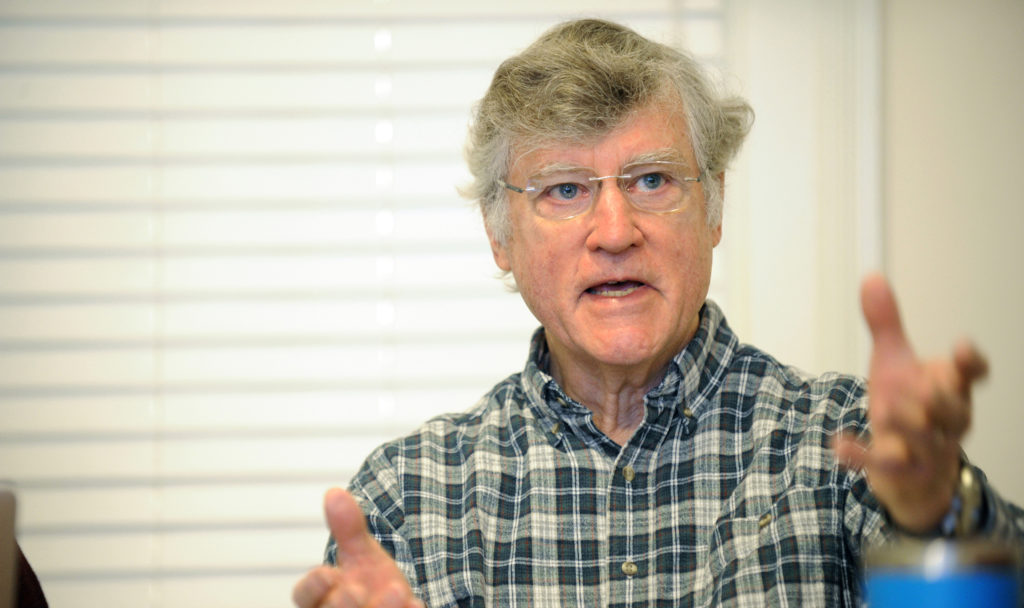Four highly promising faculty members in diverse fields in UNC’s College of Arts and Sciences have been awarded the Phillip and Ruth Hettleman Prizes for Artistic and Scholarly Achievement by Young Faculty. The recipients, who were recognized at the Sept. 16 Faculty Council meeting, are: Tamara L. Berg, associate professor in the Department of Computer Science; Jillian Dempsey, assistant professor in the Department of Chemistry; Matthew L. Kotzen, associate professor (with tenure) in the Department of Philosophy; and Lee Weisert, assistant professor in the Department of Music.

Tamara L. Berg
Berg was one of the first researchers to explore what has become a central research area in computer science: the integration of vision and language. Important applications include image database retrieval (a person provides a verbal description of images of interest, and relevant images are retrieved); human/robot interaction; and surveillance.
Kevin Jeffay, Gillian T. Cell Distinguished Professor of Computer Science and chair of Carolina’s computer science department, said Berg’s research “has fused several traditional computing fields together to solve problems that few previously even recognized existed – because few could contemplate the advances she has achieved.”
Her work has also established connections to non-computing disciplines, such as psychology (for issues of perception) and linguistics (for issues of semantic analysis), Jeffay said.
Pietro Perona, the Allen E. Puckett Professor of Electrical Engineering and of Computation and Neural Systems at the California Institute of Technology, said what distinguished Berg is a “superior strategic vision” that has enabled her to set trends rather than follow them.
For instance, she has opened a new area of research in human-computer interaction by tracking gaze, Perona said. This not only reveals a great deal about how humans explore images, but it may also be used “as a rich signal to teach computers what to look for in images.”
Professor Alexei (Alyosha) Efros in the Department of Electrical Engineering and Computer Science at the University of California, Berkeley, described Berg as a “once-in-a-generation gem of a researcher” who “tackles really hard problems and produces solutions that work.”
In addition to her academic work, Berg is also co-founder of Shopagon, a start-up in the computer vision and retail space that uses artificial intelligence algorithms to personalize the online clothing shopping experience.

Jillian Dempsey
Dempsey’s expertise in both molecular catalysis and materials characterization “positions her in the sweet spot of solar fuels challenges,” said Jeffrey S. Johnson, chair of Carolina’s chemistry department. During the past 3½ years, Johnson said, “Jillian has developed a vibrant and amazingly productive research program” that reflects a multi-pronged approach to studying the electron transfer processes that underpin sunlight-to-fuel energy conversion schemes.
“Her systematic approach to examining reaction mechanisms has allowed her to identify pathways for energy conversion that proceed with unprecedented efficiency,” Johnson said. “She has ambitious plans to cultivate new catalysts that exploit these pathways, and she approaches problems in innovative ways that challenge the status quo.”
Professor Harry B. Gray, with the California Institute of Technology, said Dempsey has made groundbreaking contributions that have shed new light on the mechanisms of electrocatalytic and photocatalytic reactions that produce hydrogen and other renewable fuels.
Yale chemistry professor James M. Mayer said Dempsey was a rising star in the areas of inorganic chemistry, photochemistry, solar fuels, nanochemisty and electrochemisty.
In only 3½ years at Carolina, Dempsey has produced 11 peer-reviewed publications and is probably best known for her work on proton-coupled electrochemical processes, Mayer said.
“More important than the visibility is the attitude of Professor Dempsey’s research,” Mayer added. “Her work provides tools and insights that move the field forward.”
Matthew L. Kotzen
Kotzen is a rising star in epistemology, the branch of philosophy concerned with knowledge, belief, justification and evidence.

Recently, there has been a surge of research in the field of formal epistemology, which uses formal tools such as probability theory and formal learning theory to explore traditional problems in epistemology. With his excellent command of both traditional and formal epistemology, Kotzen has made himself one of the leading figures in this emerging field within a few short years, said Marc Lange, the chair of Carolina’s philosophy department.
Lange cited Kotzen’s essay, “The Normativity of Humor,” as an example of Kotzen’s ability to connect his highly visible research with his excellence as a teacher, which was recognized by a Bowman and Gordon Gray Distinguished Associate Professorship.
The essay about humor was, in part, the product of Kotzen’s discovery of a novel gateway to core philosophical topics that he later explored with students in the “Philosophy of Comedy” course he introduced and taught.
Topics in the course ranged from Plato and Hume, to contemporary accounts of what makes something funny, to the connections between humor and moral values.
“Philosophy of Comedy” is a richly interdisciplinary course, bringing to bear psychology, art history and religious studies as well as ethics, aesthetics, logic, epistemology and the philosophy of language,” Lange said. “It has proven to be a superb way to introduce serious philosophy by way of discussion of a phenomenon (humor) that is simultaneously very familiar to our students, deeply mysterious and distinctively human.”
Not surprisingly, Lange added, “student reviews of the course have been very favorable.”

Lee Weisert
Weisert is a composer of instrumental and electronic music whose works employ novel technological frameworks to expose hidden sound sources and musical structures in a range of environmental phenomena. They also combine the principles and elements of science, mathematics and music to produce an original sonic landscape in a modern, and postmodern, extension of experimental music. The tradition of experimental music that began in Europe in the 1950s was then taken further in the United States as what has become a defining feature of recent “American” music.
Clarence Barlow, Corwin Professor of Composition at the University of California, Santa Barbara and a leader in the field, said Weisert’s compositions draw on the rich tradition of experimental music while resisting being pigeonholed.
“His aesthetic embraces a non-teleological, objectivist stance, while simultaneously exuding a very personal and evocative style characterized by its invention, scrupulousness and wit,” Barlow said. “The wide range of his musical materials—traditional orchestral instruments, analog and digital synthesis and recordings of ice and subaquatic environments—is reflective of his artistic ambition and curiosity.”
Jay Alan Yim, coordinator of the Composition and Music Technology Program at Northwestern University, described Weisert’s work as “fusing an original conceptual approach with an innate musicality that makes the experience of hearing the music as rewarding as understanding the systematic means by which he composed it.”
Carolina music professor Allen Anderson said Weisert writes music of “remarkable inventiveness, power and playfulness.”
“With endless imagination he places the unheard and unremarked within earshot, opening up new sonic fields that pull the listener out of the everyday and habitual into magical and rejuvenating spaces.”
Story courtesy of the University Gazette




